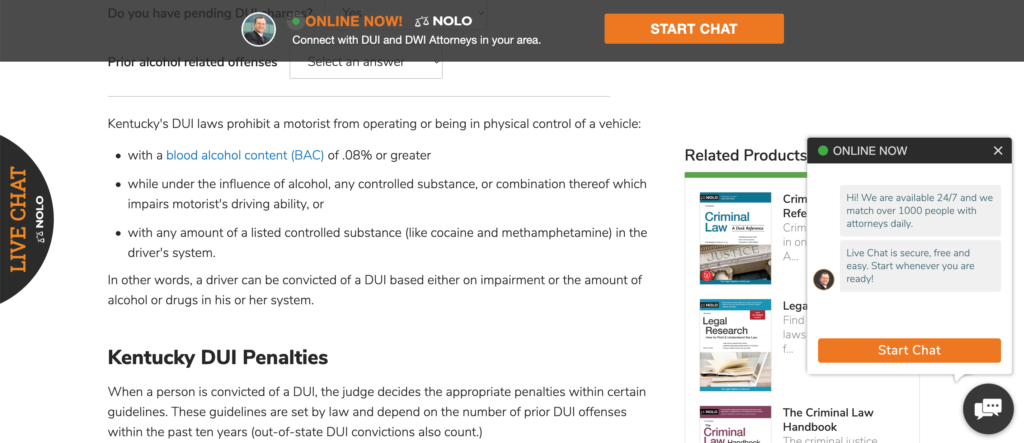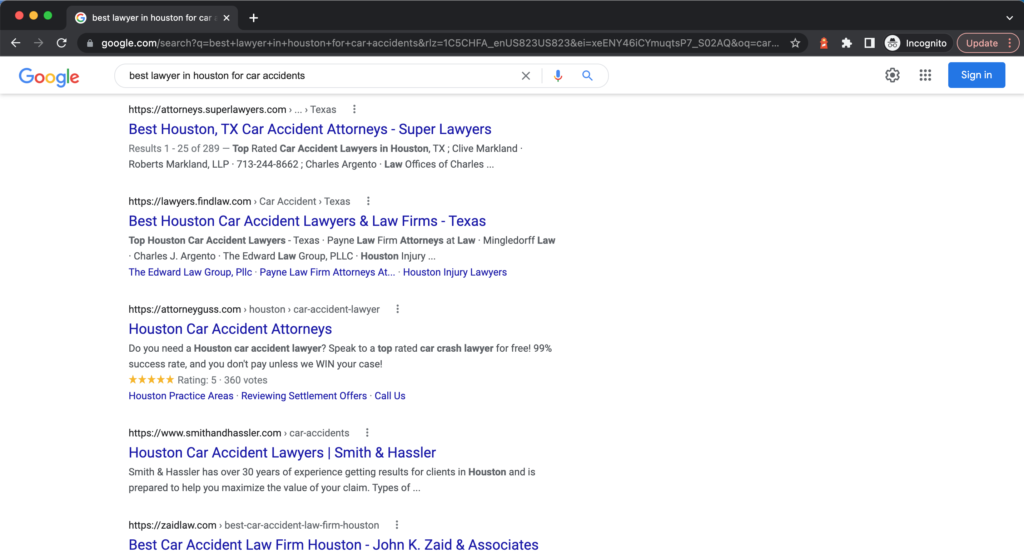For years, writing articles to help your website rank on Google has been important for generating traffic. For just as long, being found online has sometimes taken a divergent path from providing the most topical content for the user. If you haven’t heard, on August 18th, Google announced their “Helpful Content Update.” This might prove to be one of Google’s most significant updates to date. It is designed specifically to penalize websites whose content was created to attract clicks rather than deliver consumer-useful content. In this edition of “Plain Talk,” we’ll break down:
-
What the Helpful Content Update means in practical terms
-
How to update your current content
-
How to create new content moving forward
What Helpful Content Update means in practical terms
According to Danny Sullivan, Google’s Public Liaison for Search and the founding editor of Search Engine Land, “This ranking update will help make sure that unoriginal, low-quality content doesn’t rank highly in search…”
Unfortunately, much of the content on many law firms’ websites is just that. It’s keyword-stuffed articles that remind me of my pre-internet homework assignments from middle school, where I’d read an encyclopedia article and paraphrase it on topics such as the cotton gin or the Monroe Doctrine. Like the countless legal articles on DUI and asbestos, my encyclopedia-paraphrased articles provided no opinions and no authentic or useful data. Many law firm articles are just like this.
Chances are, if you hired an outside firm to write SEO-centric content for your site without interviewing your lawyers, other content experts, or clients, your site is likely full of what Google now describes as “low-value content” and your site’s organic visibility will start to suffer soon.
Google software engineer Perry Liu provides the below new criteria for evaluating your content:
- Do you have an existing or intended audience for your business or site that would find the content useful if they came directly to you?
- Does your content clearly demonstrate first-hand expertise and a depth of knowledge (for example, expertise that comes from having actually used a product or service or visiting a place)?
- Does your site have a primary purpose or focus?
- After reading your content, will someone leave feeling they’ve learned enough about a topic to help achieve their goal?
- Will someone reading your content leave feeling like they’ve had a satisfying experience?
The second bullet point (underlined) is the snare that will catch most law firms!
How to update your current content
While the release occurred on August 18th, Google stated recently that it didn’t start rolling out until the 25th and that it would roll out to English language-based sites first. Since the 25th, the SEO community at large has noted that the rollout has been slow and the results not yet catastrophic.
How you should react depends on where you currently rank:
If you currently rank poorly, we recommend using this period of prescribed upheaval as an opportunity to make aggressive gains. Less important are the recommended content lengths, key terms, and page rank in the new era of “Helpful Content.” It’s not that these earlier measurements are non-important; it’s just that they are now less important than they were to make room for the new criteria. So be aggressive with editing your current content.
- Edit it to include quotes from key attorneys, clients, and results from cases.
- Offer opinions.
- Look to improve UX; Google wants to see that users’ questions are answered.
- A key way for Google to access satisfaction is time on page and depth of scroll.
- Use of images and in-page links helps assure that users are going deep into the page.
- Assess your content and site against the above criteria and subsequent similar lists of criteria coming directly from Google and reputable SEO practitioners.
If you continue to rank well, wait and monitor. As a general rule, we do not fix what is not broken. This is especially true in SEO, where we are always trying to figure out exactly how Google is assessing our content. Changing when you’re on top doesn’t make you more on top. Plus, every move you make is oftentimes being assessed by competitors. It’s best to have moves and, like trump cards in euchre or pitch, only play them one at a time when necessary.
That being said, it is safe to assume that even if Google doesn’t discount your ranking based on the new Helpful Content Update standards, your lower ranking competitors, over time, will take your position by applying Helpful Content Update standards to their existing and new content. So, if budget and culture allow you to prepare for the inevitable, load your hand. Address your articles as we recommend poorly ranking articles should be addressed; only wait! Have those expert quotes and opinions ready and proofread in a word file, with images to be played one at a time like trump cards.
How to create new content moving forward
As we continue to move through what helpful content can be and what provides satisfaction to a reader, we have to look beyond metrics and go deeper. While attending MozCon 2022, Dana DiTomaso explained, “One of the questions that I think you should ask yourself … is what is the job you want your visitors to do when they’ve encountered your content? One of those jobs could be admiring how wonderful your content is.” So, each industry, each brand, each potential customer has an intent to consume content, and matching that intent is key for “helpful content” consumption.
Currently, many firms are outsourcing content development to SEO firms that, at best, talk with or connect to one or two people at the firm. Many of the partners may have no idea what content is on their sites as it is so removed from them and their day-to-day. They may even just view it as stuff marketing does to create leads. Marketing may even contract with a national or multi-national SEO firm that uses roughly the same content for multiple firms across many geographies, making mostly geographic term changes to rank high for each firm. This method of content development is at high risk from the Helpful Content Update. Moving forward, we recommend a more connected/collaborative method to ensure your content is well … helpful.
- We feel the best approach is to identify subject experts within firms. While we will still use all of the SEO tools we currently use to assess the competitive set and keyword before writing a client article, we recommend moving forward that all articles involve interviewing a lawyer/subject expert and/or client and either ghostwriting the article from the subject expert’s perspective or including their insights as quotes.
- As Chrystal Carter, Head of SEO Comms at Wix, discussed at MozCon, also having lots of images in your articles helps ensure readership by visually enticing the reader to read on and ensuring they are not overwhelmed. Focus not just on word stuffing but also plan for images. Where appropriate and permitted, consider using real case pictures. That will not only ensure articles are more authentic and demonstrate first-hand expertise but also visually interesting. One of the keys to proving an article was helpful content is for Google to see that it was mostly or fully consumed.
While there are dozens of other subtle content changes that we are considering with our clients’ articles to prepare and adapt to the Helpful Content Update, we believe Pareto’s Law weighs heavily on the two above.
Change is good!
While there is fear of the unknown with any change and maybe a little frustration, this is good, for we are not just subjects of the almighty Google algorithm; we are also consumers. The Helpful Content Update should prove to make all of our searches more helpful and rewarding. If you have questions about or even primordial fears of the Helpful Content Update, we’re here, and we’d love to chat. Drop us a note or call us at 502-499-4209. Like what you read today? If you’re not already a subscriber to our Plain Talk newsletter, you can subscribe below.






